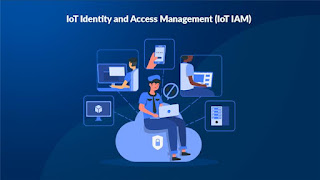Future of Life Insurance Policy Administration: Embracing AI, Chatbots, and Cloud-Based Solutions

The future of Life Insurance Policy Administration Systems (PAS-L&A) is poised for a significant technological evolution, driven by the integration of advanced tools such as chatbots and cloud-based intelligent Interactive Voice Response (IVR) systems. These innovations are expected to address the growing and diverse needs of customers, ensuring a seamless and efficient experience. As the life and annuity (L&A) industry undergoes rapid digital transformation, vendors of policy administration systems are focusing on optimizing their offerings to streamline the entire policy lifecycle. This includes enhancing processes from policy issuance to claims management, while also delivering an omnichannel experience that caters to the preferences of modern policyholders. One of the key trends shaping the future of PAS-L&A is the adoption of artificial intelligence (AI) and machine learning (ML) technologies. These tools are being leveraged to automate and improve administrat...
%20Tools.png)
.png)
.png)







.png)
.png)
.png)